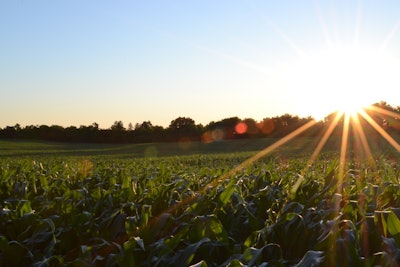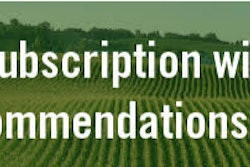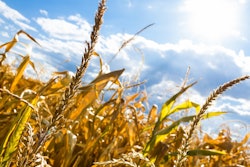
U.S. Crop Conditions
Corn crop conditions decreased to 64% good to excellent from 66% last week.
The trade was expecting the corn rating to hold steady or increase slightly after a week of moderate temperatures and better rainfall.
Bean crop ratings were unchanged from last week at 60% good to excellent.
Emergence was 96% compared to 92% average, and 14% of the crop was blooming versus 11% average.
Spring wheat crop ratings were down sharply again to 20% good to excellent from 27% last week.
The crop is 48% headed compared to 39% average, and the remaining 52% of the crop will likely be heading under stressful conditions.
Winter wheat conditions were stable compared to last week at 48% good to excellent, and harvest was 33% complete versus 40% average.
Cotton crop ratings were steady at 52% good to excellent compared to 41% last year.
FBN’s Take On What It Means: Conditions in the northwestern Corn Belt continue to erode. Although North Dakota showed some modest improvement, South Dakota saw significant decreases in corn and bean ratings. The weather forecast for increased temperatures and minimal rainfall in the northern Plains and Canadian Prairies remains a concern for at least the next two weeks. On a national basis, worsening dry areas in the northwest will likely continue to offset better conditions in the central and eastern Midwest, and weather risk into July should support prices.

Statistics Canada June Acreage Report
Canola area is seen at 22.5 million acres versus 21.5 million in April and right in line with our expectations.
All wheat area is estimated at 23.4 million compared with 23.3 million issued in April; that was slightly larger than what we looked for and what history suggests.
Durum area is seen at 5.5 million, down slightly from 5.7 million earlier.
Barley planted area is estimated at 8.3 million, down from 8.6 million forecast in April.
Oat area is estimated at 3.4 million acres, down from 3.6 million in April.
Flax area is seen at one million acres, up marginally from April.
Lentil planted area is estimated at 4.3 million acres while pea area is seen at 3.8 million.
FBN’s Take On What It Means: There were few surprises in the acreage report; the larger canola area was expected and does not alter our views on the fundamentals, and tight stocks are expected to remain supportive for oilseeds. While the spring wheat area came in slightly larger than expected, that small difference also does not alter views that declining conditions will support Minneapolis prices.
FBN Market Advisory services are offered by FBN BR LLC, dba FBN Brokerage, FBN BR and FBN Market Advisory (NFA ID: 0508695)
The risk of trading futures and options can be substantial and may not be suitable for all investors. Past performance is not necessarily indicative of future results.
This is not an offer or solicitation in any jurisdiction where we are not authorized to do business or where such offer or solicitation would be contrary to the local laws and regulations of that jurisdiction, including, but not limited to, persons residing in Australia and Canada.









